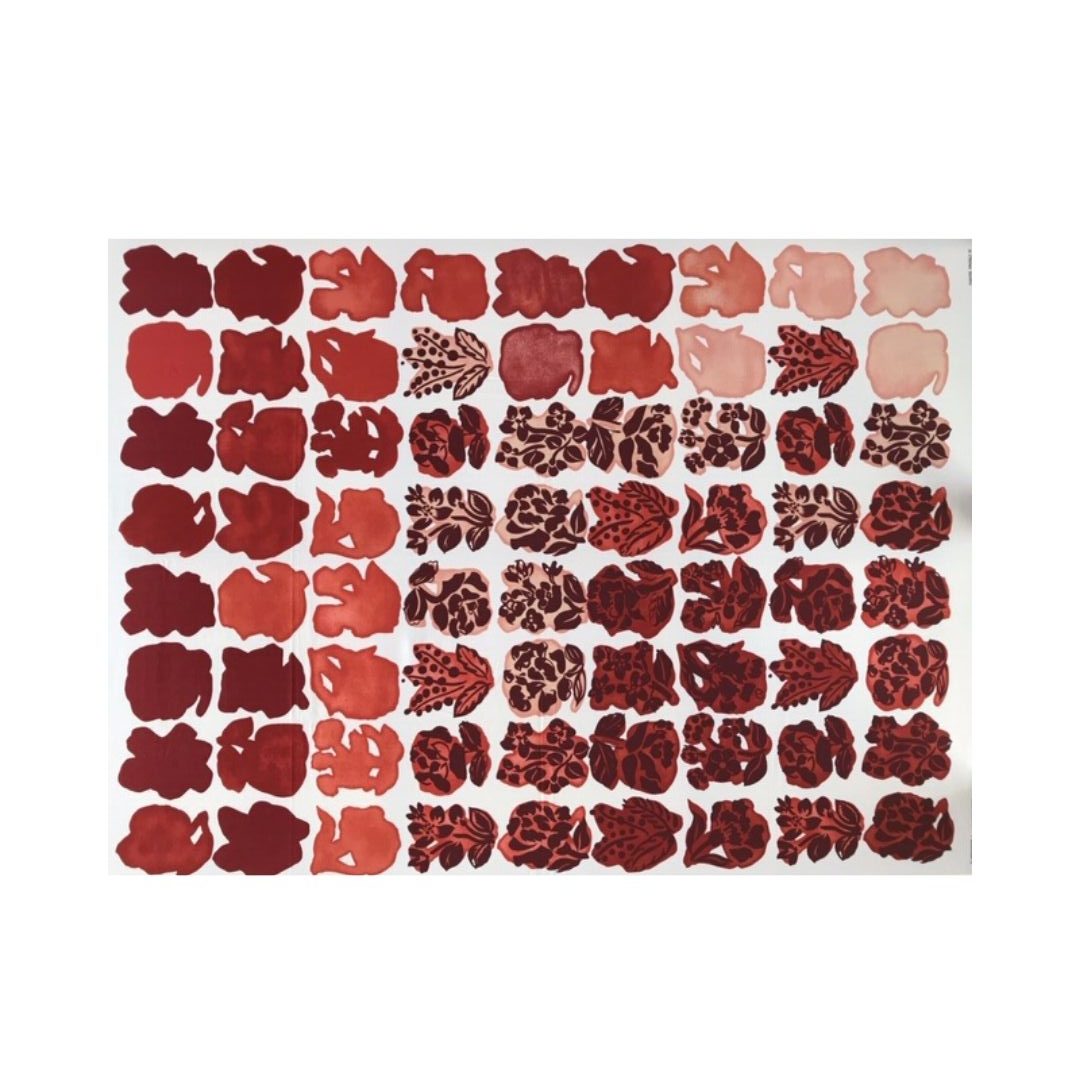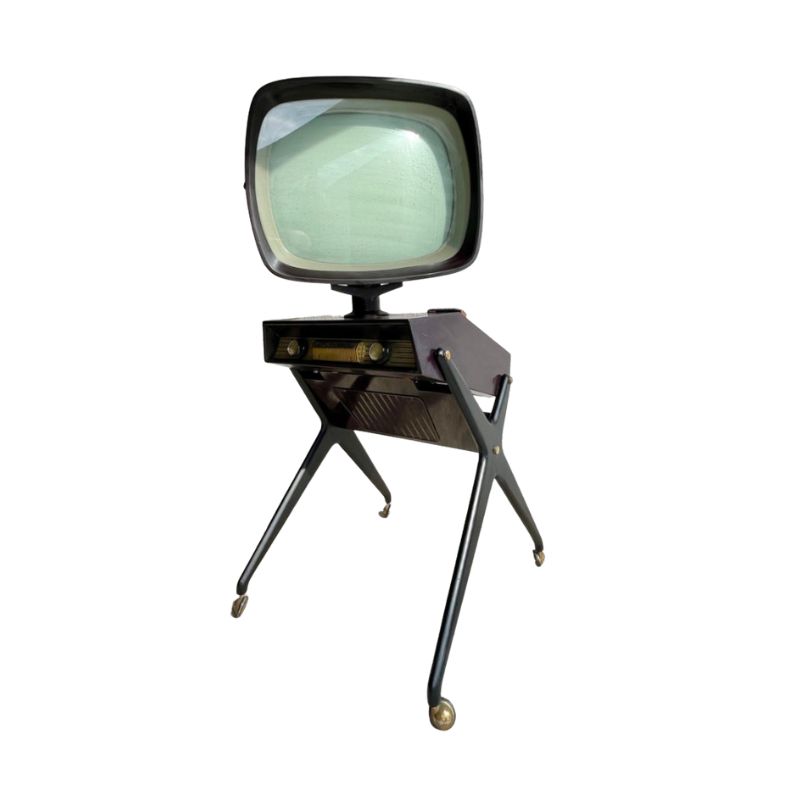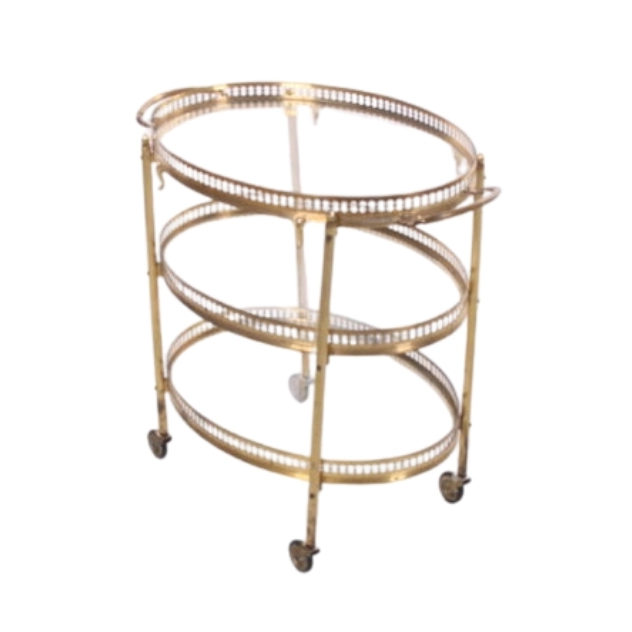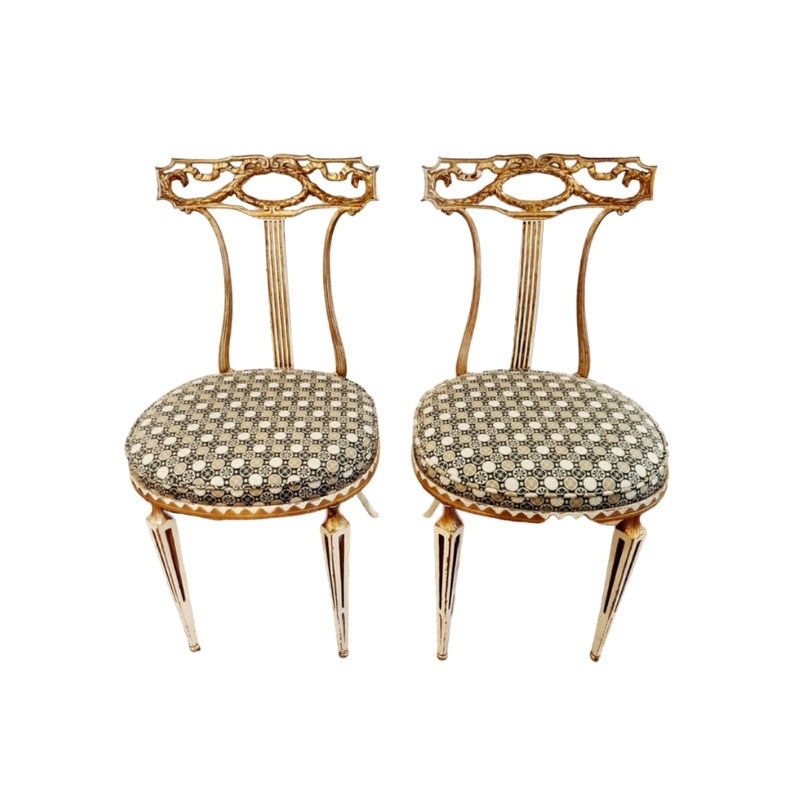Hello! I recently bought and just started restoring 4 Moller 78 and 2 Moller 75 teak chairs. Unfortunately they were not properly maintained by their previous owners and were teak color varnished and upholstered with a chenille fabric (removing the old upholstery was a nightmare, I counted over 150 staples on each chair!). What I've done so far is stripping the old varnish and sanding them back to bare teak, filled some bumps and chew marks (!!!) on the legs with wood putty (mixed with teak dust for color matching, worked quite well).
I am quite confused on whether I should use teak oil or danish oil for finishing. I did some research on pros and cons but I cannot decide.
And two more things, first, would satin spray varnish protect the wood (after being oiled) in terms of having to re-oil annually or is such thing "Danishly" prohibited? Secondly, I will have the chairs reupholstered in vinyl by a professional (following the correct instructions I gladly found in this forum), so, which is the correct order, oil and having them reupholstered or the opposite?
Thank you all in advance!
The Danes use teak oil and leave it at that. If you want to stay true to the original, I would not recommend any varnish. And oiling it first is easier.
"People buy a chair, and they don't really care who designed it." (Arne Jacobsen)
Definitely oil first.
Do not varnish, do not lacquer, do not shellac, do not polyurethane. You can use Danish oil that has added varnish but it's not necessary. I prefer a varnish-less oil because it's easier to apply and the fumes are minimal.
If you want more of a sheen than what you get with just oil, you can always use a paste wax. I personally love the soft sheen of wax.
Proper surface preparation and application of oil finishes matters more than specific product, IMO. The common amateur mistake is leave too much on the surface which can become gummy and take too long to "dry" especially when using products with no or little solvent like "pure" tung oil. Protocol is to apply oil, keep surfaces saturated for 10-15 minutes, then quickly wipe off as much as possible. Repeat 2 or 3 times waiting at least 24 hours between applications perhaps lightly rubbing with #0000 steel wool if necessary. Dispose of rags safely. It's really futile to try to build a film finish by applying excessive coats of oil finishes as this is not what they are formulated to do. That's what varnishes are for.
FTR, I use Watco because it's fool-proof, inexpensive, usually fresh, and I can get it virtually anywhere. Its added solvents, driers, and resins have always produced outstanding results for me. Like our dear spanky, I also like to use paste wax after the final application of oil has fully cured (a week). Two (again thin) applications and buff to medium sheen with a horsehair brush.
Thank you all for your valuable and meticulous advice. They are all greatly appreciated.
I decided to use the "superior danish oil" by Liberon, since Watco danish oil is not sold here in Greece and most pure/premium teak oil brands, such as Star Brite 16 fl oz. cost around 35 Euros.
I also purchased Liberon's #0000 steel wool. I'll follow your instructions by the book and be as careful as possible. I love these chairs to bits.
Finally, could you please also suggest some brands of good quality paste wax?
You're welcome!
Liberon offers quality products, paste wax among them but, really, almost any paste wax is better than none. Some will argue that paste wax will interfere with subsequent re-oiling but, by that time, most of it will have oxidized to the point where it's basically disappeared. Anyway, it's easy enough to remove with white spirits if there's any concern. Wax over the wax whenever you like, or when it starts to appear dull and feel dry, and don't worry about build-up. Just be careful with amount applied. No dripping gobs, please. You'll get a feel for what works right away. Keeping your furniture out of direct sunlight and regularly dusted will help finishes last longer.
Speaking of which, never apply oil (or any finish) in direct sunlight or extreme temperatures and/or humidity. Best to work in well-ventilated, comfortable conditions. I burn oily rags as soon as I'm done with them, BTW. I like to be sure...
I live in an area where burning trash is prohibited, but laying oily rags out to dry is an acceptable way to deal with them safely, as is (I think?) putting them in a metal can with an airtight lid.
Linen rags, if you have any, are good for buffing waxed surfaces. Linen doesn't shed lint. Microfiber cloths work really well, too.
I think the most common mistake when new to waxing is to put too much on, as tktoo2 said. I did that the first couple of times and couldn't figure out why the smeary look wouldn't go away no matter how much I buffed! I thought it was like oil, I guess---more was better.
Johnson's is a popular brand in the US and may be marketed outside the US. Paste wax is an old, old finish and there are probably several good brands sold in Greece. Look for a blend of carnauba wax and parafin with some mineral spirits.
I also use a beeswax/mineral oil blend on things like salad bowls and cutting boards that I want to be food-safe. It's not as hard a finish as furniture wax, though. Good for people with chemical sensitivities, however.
If you need any help, please contact us at – info@designaddict.com









